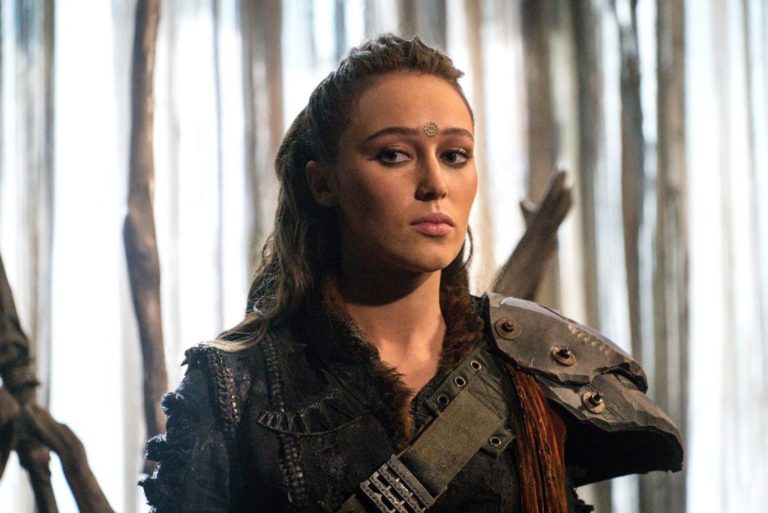

Representation is a wonderful thing. It allows young people to see portrayals of minorities and marginalized groups in a positive manner, which not only affects how others see them, but how they see themselves, too. But what happens when the characters that represent the most important aspect of your identity keep getting killed? Like, all the time? So much so that it even has a name.
For members of the LGBTQ+ community, this trope is called “Bury Your Gays” (formerly known as Dead Lesbian Syndrome due to the disproportionate amount of female characters who fall victim to the trope). This trope in fiction states that a gay or lesbian character must die or have an unhappy ending because of their sexuality.
The existence of this trope came about in the early 20th century during the golden age of Hollywood as a loophole to allow gay and lesbian characters in stories without receiving social backlash. To avoid breaking laws, “promoting the deviance of homosexuality” or backlash from publishers, writers would either kill or punish their gay characters in some form or another. Even somewhat sympathetic characters would usually receive punishment, as their sexuality was perceived as a negative trait, similar to how one would write a sympathetic drug addict.
As awareness and sympathy for gay people became more mainstream, the narrative of the trope changed from homosexuality being a negative trait you had to die for to LGBTQ+ characters being tragic, suffering victims dying because of an uncaring world. This narrative gained more prominence with the rise of the AIDS pandemic and the popularity of films like “Philadelphia” (which created its own trope).
The trope is still around today, in a time and social context where it is unnecessary to give LGBTQ+ characters unhappy endings in order to get published. The pervasiveness of this trope can be seen across all mediums from movies to video games, but most prominently on television. And it’s not that audiences have a problem with writers killing off gay characters, but more so the tendency of writers to only kill the one gay character in a cast of straight people.
Popular examples of this trope can be seen in “The 100,” “Buffy the Vampire Slayer,” “Doctor Who,” “Arrow” and “Brokeback Mountain.”
While the frequency of LGBTQ+ character deaths may be purely out of coincidence, it reinforces the idea that gay characters are inherently less important and expendable. The use of the trope can be used in a positive way if the character has depth, agency and serves a narrative purpose to the story. For example, how the death of Jack Twist is treated at the end of “Brokeback Mountain.” Twist was a man cared about by those around him, and he had agency within the story.
However, the vast majority of the time, the trope is invoked on unassuming and unimportant side characters, like Larry in “Buffy.” Larry was the only confirmed gay character in the show at that point and was killed unceremoniously at the end of the third season (so unceremoniously, in fact, that his death wasn’t mentioned until the sixth season). This is the root problem of this trope, as LGBTQ+ characters, for the most part, only serve the purpose of supporting characters filling in token representation slots.
There’s already a high degree of anxiety within LGBTQ+ audiences about their place within society, and the consistent use of this trope in the media does nothing to assuage these fears. The reason why tropes become tropes is that they’re overdone, a cliche. It’s expected. Of course, gay characters can die, but if it’s expected, maybe come up with a reason for why you’re doing it.
If writers can’t come up with a good reason to kill off their gay side characters, they should probably do something else.
Featured image: Courtesy The CW